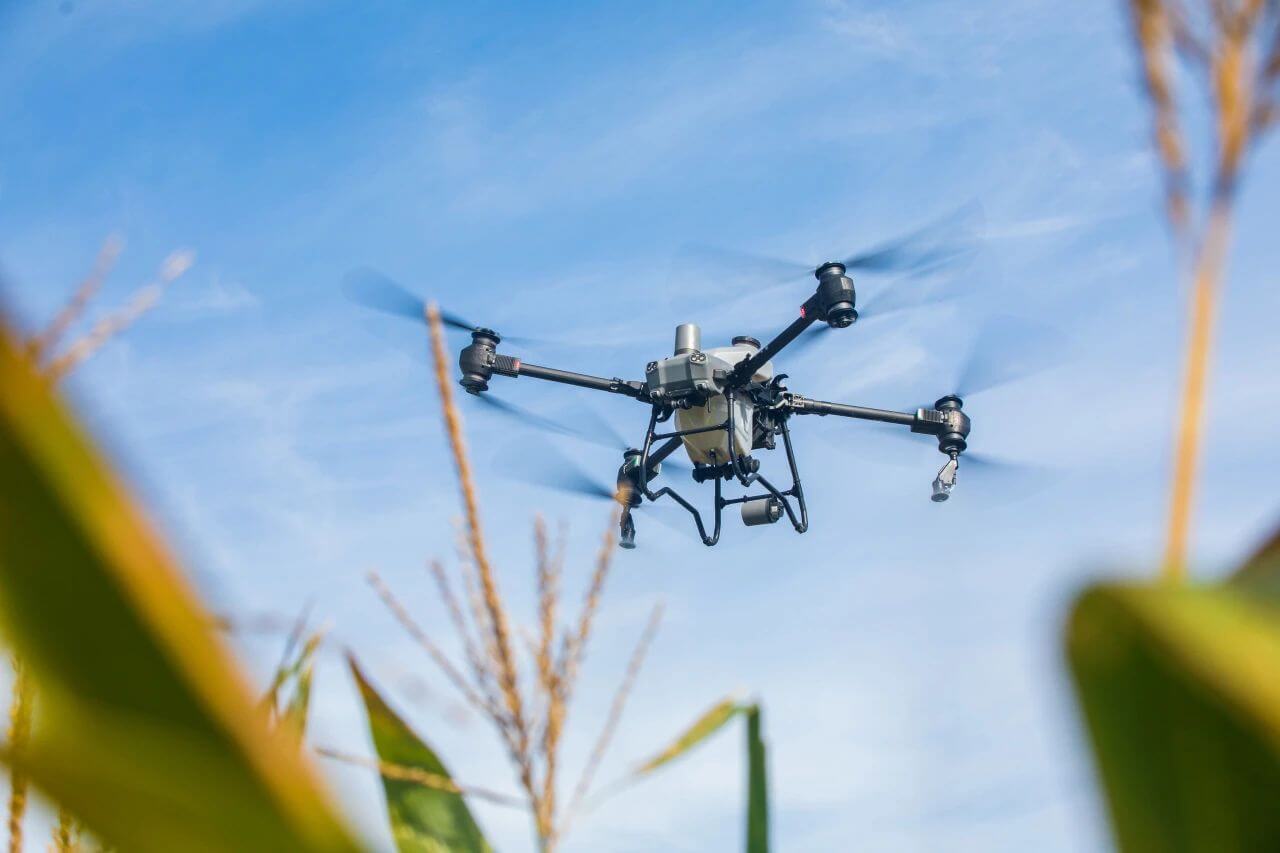The advent of military drones has revolutionized modern warfare, transforming the landscape of military engagement and strategy. As military drones continue to evolve, their roles in reconnaissance, surveillance, and combat have expanded, providing military forces with unprecedented capabilities. This shift has not only influenced military operations but also reshaped geopolitical dynamics globally. Understanding how military drones impact today’s warfare requires a deep dive into their technology, applications, and the ethical considerations they entail.
Technological Advancements in Military Drones
Military drones, also known as Unmanned Aerial Vehicles (UAVs), leverage cutting-edge technology to perform complex operations without direct human intervention. Key technological components include advanced sensors, high-resolution cameras, and autonomous navigation systems. These features enable military drones to perform real-time surveillance and data collection, providing commanders with critical information for decision-making. The development of AI-powered systems further enhances their autonomy, allowing for adaptive mission execution in rapidly changing environments.
Applications in Modern Warfare
The strategic use of military drones ranges from intelligence gathering to active engagement in conflict zones. In reconnaissance missions, drones provide continuous surveillance, identifying enemy positions and movements without exposing personnel to risk. This capability has transformed intelligence operations, offering a level of detail and persistence previously unattainable. In combat, armed drones, equipped with precision weaponry, deliver targeted strikes while minimizing collateral damage. The efficacy of drones in neutralizing high-value targets has solidified their role in counterterrorism operations.
Geopolitical Implications
The integration of military drones into national defense strategies has critical geopolitical ramifications. Nations capable of deploying these systems gain strategic advantage, influencing power dynamics on a global scale. The proliferation of drone technology has sparked debates on arms control and international legislation, prompting calls for updated frameworks to govern their use. The asymmetry introduced by drones poses challenges for nations without comparable technology, potentially leading to new forms of warfare.
Ethical and Legal Considerations
The deployment of military drones raises significant ethical questions, particularly around the automation of warfare. Concerns about accountability and the potential for civilian casualties necessitate stringent oversight and clear rules of engagement. Legal frameworks governing the use of armed drones remain underdeveloped, sparking international dialogue on human rights and the laws of armed conflict.
Future Prospects
The future of military drones lies in further technological advancements and increased integration into military operations. As AI and machine learning progress, drones will achieve greater levels of autonomy, enabling more complex and coordinated missions. The evolution of drone swarms, which can operate collectively to achieve strategic objectives, represents the next frontier of military application. Such developments will likely necessitate new military doctrines and training paradigms.
FAQs
- What are military drones used for?
- Military drones are utilized for surveillance, reconnaissance, intelligence gathering, and combat operations. They provide real-time data and execute precise strikes, significantly altering traditional warfare methods.
- How do drones affect military strategy?
- Drones enhance military capabilities by providing persistent surveillance and minimizing risks to personnel. They allow for strategic operations with increased precision and adaptability.
- What are the ethical concerns surrounding military drones?
- Ethical issues include accountability for actions taken by autonomous systems and the risk of civilian harm. These concerns prompt the need for robust oversight and international regulations to govern their use.
